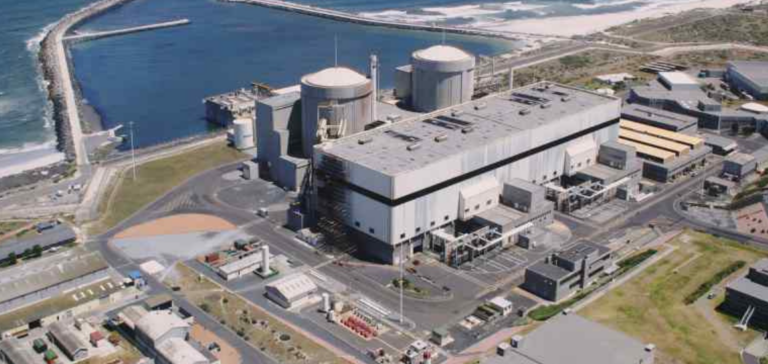The Koeberg nuclear power plant has reached a major milestone in its history. The completion of maintenance on the Koeberg 1 unit, initially scheduled for six months from December 2022, has been hailed as a “huge milestone” by Eskom, the South African state-owned company in charge of the project.
Replacement of the steam generator, a key element in this maintenance, was originally scheduled for the first half of 2021. However, concerns over South Africa’s strained electricity supply have pushed back this timetable. At the same time, the Koeberg 2 unit continued to operate, pending similar maintenance once Unit 1 has stabilized.
Challenges and Achievements of Koeberg Maintenance
This extended maintenance was not without its challenges. Bheki Nxumalo, Group Executive Director for Generation at Eskom, praised the hard work and determination of Eskom’s employees, suppliers and subcontractors, who had to overcome a series of considerable obstacles.
Impact on the South African Power System
Despite the recommissioning of the Koeberg 1 unit, South Africa’s electricity system remains under pressure. Indeed, on November 19, Eskom announced that load shedding measures would continue, with 16,264MWe of generation capacity out of service for unplanned maintenance and 6,606MWe out of service for planned maintenance.
The future of Koeberg and Nuclear Energy in Africa
The Koeberg power plant, with a combined capacity of 1,860 MWe, plays a crucial role in the country’s energy landscape. Put into commercial operation in 1984 for unit 1 and in 1985 for unit 2, these units are currently licensed to operate until 2024 and 2025, respectively. As part of its strategic recovery plan, Eskom submitted an application in May 2021 to extend the plant’s operational life by a further 20 years, beyond its original 40-year duration. Public hearings on this application are scheduled for February 2024, paving the way for a wider debate on the future of nuclear power in South Africa and its role in the global energy transition.
The recommissioning of the Koeberg 1 unit is a crucial moment for South Africa’s energy sector. It not only symbolizes resilience and technological know-how, but also raises pertinent questions about the sustainability and future of nuclear power in the country and on the African continent.






















